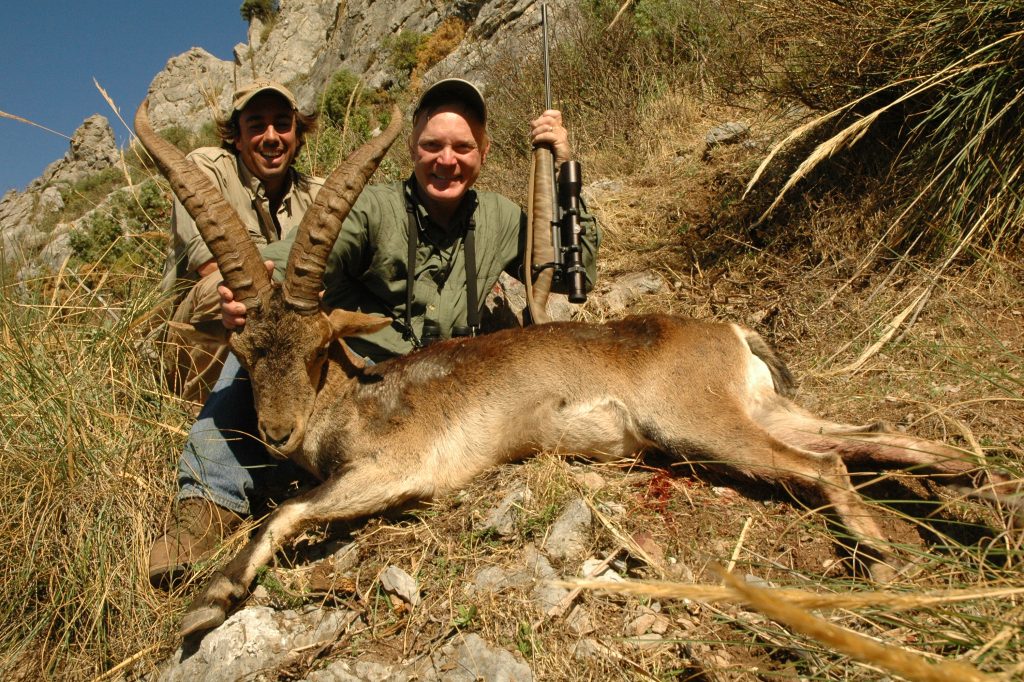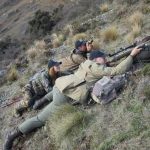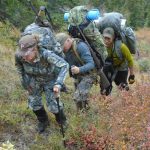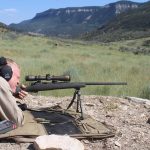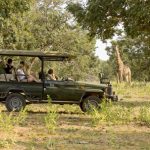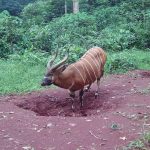Is there such a thing?
Photo above: Packing out a Siberian ibex in Mongolia’s Altai Mountains. The Altai can be rugged, but the Mongolians are great horsemen, with horses commonly used for hunting both ibex and argali.
Procrastination is part of human nature. Many of us want to travel to various places and savor various experiences, but it’s easy to put it off. Wait until the last child is out of school, wait until retirement. It seems to me the pandemic gave us a small dose of reality, a better sense of just how uncertain “certain” things can be. My old friend and mentor Jack Atcheson Sr.’s consistent marketing slogan was: “Hunt now, while you are able.”
Always good advice, but it seems to me the Dread Virus forced a lot of us to take a new look at our “bucket lists,” and maybe move forward some of the hunts we’ve been putting off. Hey, there’s a lot of great hunting that’s perfectly practical for folks my age, and a whole lot older, and in worse health or condition. Mountain hunting, however, is something else. I have noticed that the mountains have gotten steeper. I’m happy I did a lot of that in my forties and fifties. I hate to admit it, but there are some past mountain hunts that I shouldn’t (perhaps couldn’t) repeat. Fortunately for me, I don’t need to. There are still some mountains I’d like to climb, but I climbed my share.
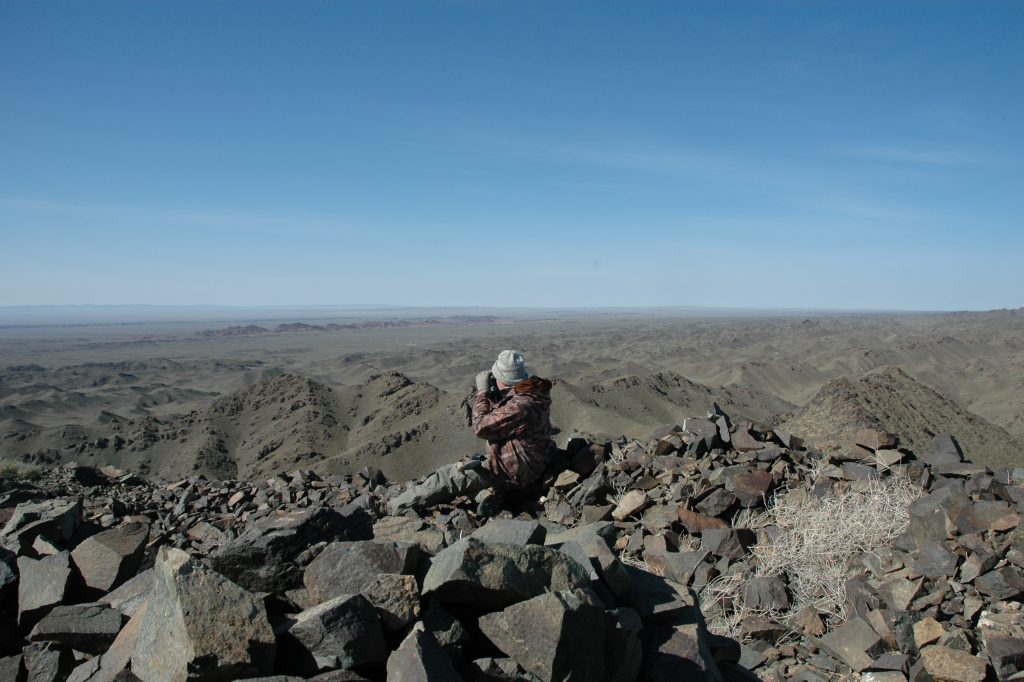
This past convention season, I talked to a lot of folks considering, if not a first, then a first “out of country” mountain hunt. We all know how crazy prices have gotten for most sheep hunting, but the under-appreciated goat family remains a solid bargain! The experience is much the same. In fact, in many areas, various sheep and goats share the same mountains, and are hunted from the same camps with the same mountain guides. Wild goats aren’t usually as tasty and tender as wild sheep, but the magnificence of a long-horned ibex really does compare well with any sheep, often at a fraction the cost.
But most people’s primary concerns weren’t usually about cost. Most questions were along the lines of: “Do you think I could handle that hunt?”
Obviously, I can’t answer that question. Getting up the mountain is mostly mental. Far more important than age or condition is the will. I can’t evaluate that in a casual encounter, and I know nothing about “underlying conditions” that, by a certain age, most of us have. However, most mountain animals are similar in habit and habitat, but their mountains are not created equal! Some mountain ranges are high, rocky, and steep; other ranges are lower, and some are gentler.
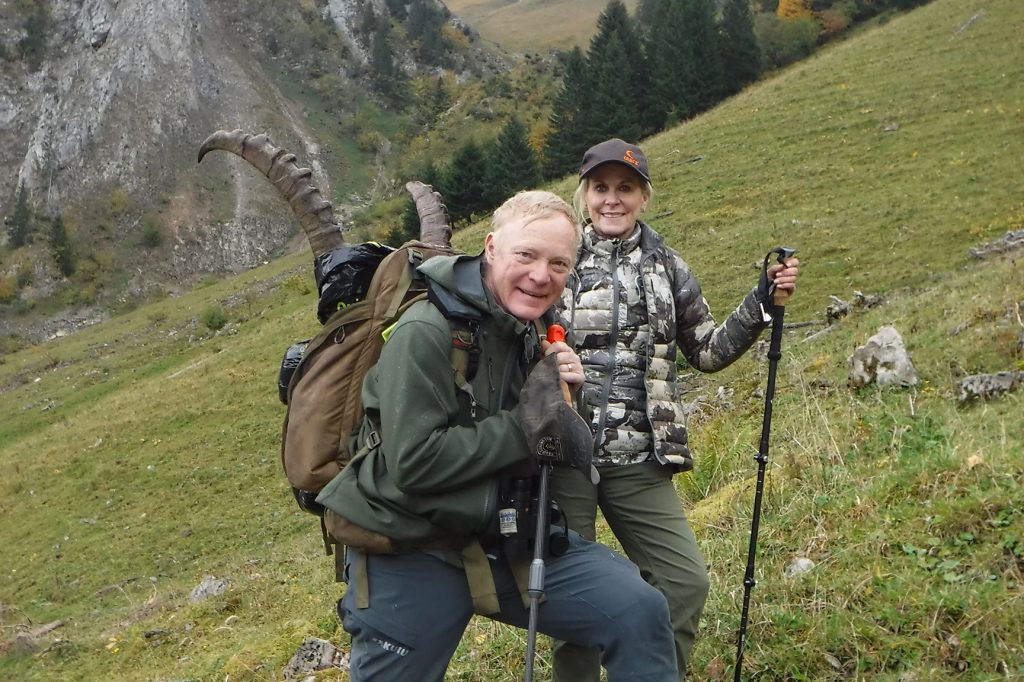
Mountain hunters would like us to believe that every hunt for a sheep or a goat is a death-defying cliffhanger. This is simply not true. It is true that goats tend to live in steeper, nastier country. The axiom goes: “Goat country starts where sheep country stops.” However, this is relative; difficulty depends on the elevation and steepness, and also on access. Some mountain hunts are just plain tough. I think of the tur hunts as being among the toughest, simply because the Caucasus range is unusually abrupt and steep. The hunt in Nepal, for blue sheep and Himalayan tahr (one sheep, one goat) is among the toughest, occurring unusually high elevation, and you must walk uphill for days to get into game country. Nepal is a postgraduate mountain hunt!
It is also not true that goat hunts are “always cheaper” than sheep hunts. With few permits, hunts for markhors are among the costliest in the world. From my perspective, I think the two ibexes in Pakistan (Sindh and Himalayan) are expensive, and costs to hunt Bezoar goats (Persian ibex) in Turkey have gone up significantly. Especially now, with Switzerland closed to foreign hunters, the Alpine ibex is frightfully expensive. But there are still a lot of awesome goats at reasonable prices. Rocky Mountain goats die of old age in Stone sheep country, where hunts are a fraction the cost. In Mongolia, Gobi and Altai (Siberian) ibex share their range with argalis, hunted from the same camps, with the same guides, same experience, at a tiny fraction the cost. Likewise, mid-Asian ibex in Kazakhstan, Kyrgyzstan, and Tajikistan, where ibex occupy a larger range than the argalis.
Then there are the Spanish ibexes. At the start of my career, Spain’s ibex herds were at a low ebb, permits almost unattainable. Since then, ibex populations have exploded all over Spain. Today there are about as many permits as can be sold, keeping costs competitive and reasonable. The little chamois offers a wonderful hunt all over Europe. Costs vary with area and subspecies but, with wide availability, chamois are available and affordable.
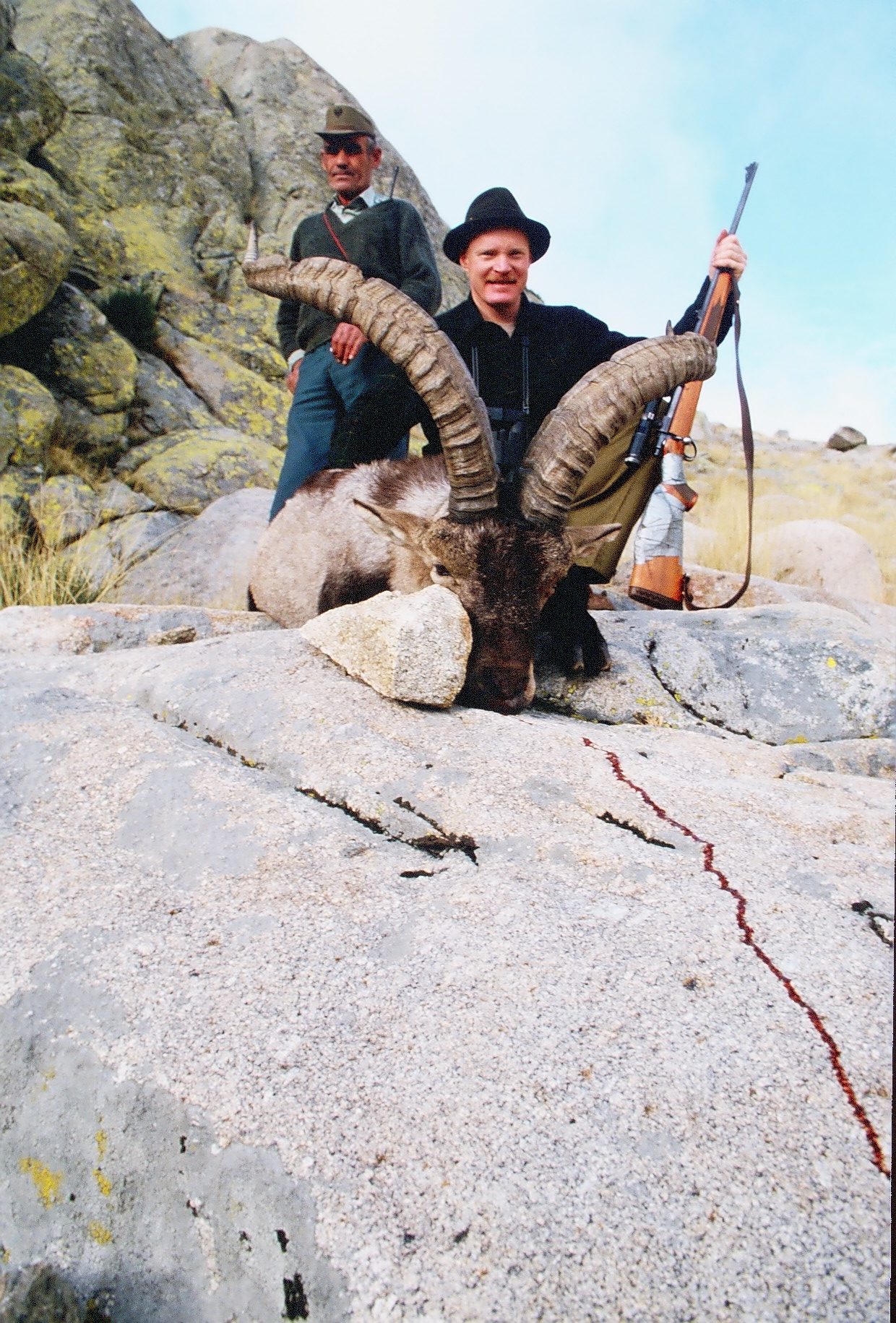
So, there are lots of opportunities to hunt various goats without breaking the bank, but few (if any) inexpensive opportunities to hunt sheep. But what about difficulty? “Can I handle this hunt?” Is there an “easy ibex?” Probably not, but actual difficulty depends largely on the mountains themselves, and how you get into them!
Hunting the mid-Asian ibex can be difficult, because their mountains tend to be tall and steep. Some outfitters use horses, but at least in my experience, road access is limited. In Pakistan, the Himalayan ibex is hunted in the north, amid some of the world’s tallest peaks. Tough hunt! On the other hand, the Sindh ibex is hunted in the southwest, in arid Baluchistan, in rocky but low ridges. There, neither the ibex nor the urial sheep offer especially tough hunts.
Hunting Gobi or Altai ibex in Mongolia is usually not especially tough. Gobi live on low hills and ridges above broad valleys, with much glassing done from 4WD vehicles. Neither the Gobi ibex nor the Gobi argali offer especially difficult hunts. The Altai range is higher, with much less access, but the Mongols are great horse people. Horses are commonly used for both ibex and argali, saving a lot of footwork…unless you’re allergic to horses. If you are, mountain hunting may not be for you!
Hunting Bezoar goat in Turkey varies tremendously. Some of the mountains in Turkey, like the Taurus range, are high and steep. However, Turkey’s ibex have also flourished and are widespread today, so difficulty varies. In Turkey, I’ve glassed a lot of ibex from roads and, along the Mediterranean coast, ibex can be glassed from boats (not unlike a lot of Rocky Mountain goat hunting in southeast Alaska). Either way, spotted from a vehicle or boat, it can be a tough uphill pull to get to the ibex, but that depends on your luck.
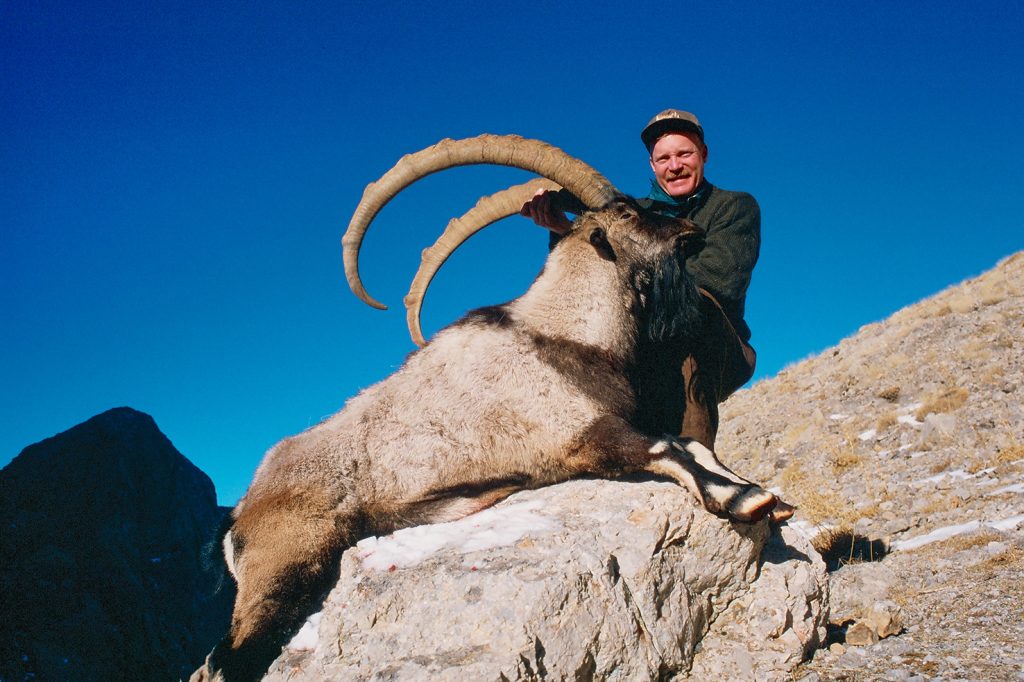
The Alps can be steep, but European mountains are crisscrossed by hiking trails. Hunting Alpine ibex is generally not high on the difficulty scale; it’s more a matter of cost, because so few permits are available.
Spain probably offers the consistently easiest ibex hunting I have ever done. Part of this is because there are a lot of ibexes today! Part of it, too, is that Spain is a modern European country with an extensive road network. In Spain (and also in Turkey), we’ve driven to the top and hunted down. Failing roads, there are plenty of good trails.
We crazy mountain hunters have long insisted there are four different ibexes in Spain. Great marketing, but size and horn configuration do vary. Habitat and hunting techniques also vary! In Gredos, we took horses partway in, then walked uphill, encountering plenty of ibex. The Beceite ibex is different, hunted in forested hills, low elevation but a lot of trees in the way. Much glassing is done from roads and, even on foot, the country is not difficult, neither high nor especially rugged. The great Spanish hunter Ricardo Medem was with me when I took my first Beceite ibex…shortly after his heart transplant. He did just fine!
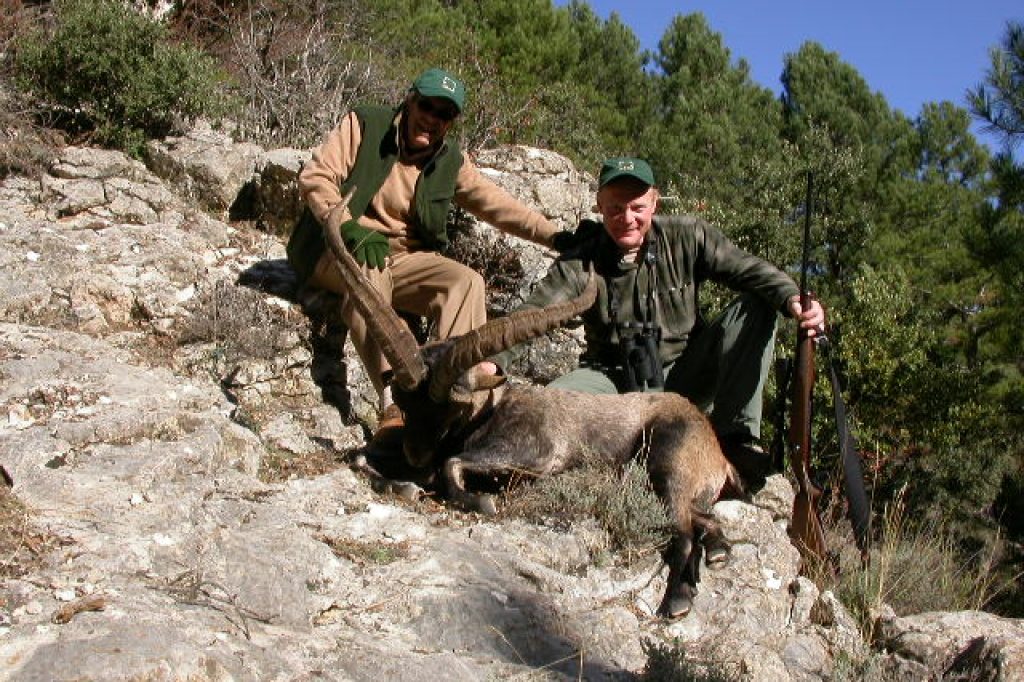
Spain’s Southeast ibex occupies the high, rugged Sierra Nevada range. This hunt can be tough, but doesn’t have to be. My Southeastern ibex was taken low, by waiting for a group to come down to feed; Donna’s was taken just up from the Mediterranean, not a difficult hunt. For me, the smallest Spanish ibex, the Ronda, was the most difficult, partly because it is also the most limited in range with the smallest population. That one we did some serious climbing for! But nothing like the climbing I’ve done in the big mountains in Central Asia. With limited exposure, I can’t say the Ronda ibex is consistently the most difficult—but few hunters will start their mountain hunting adventures with this, the smallest ibex.
Whether there’s such a thing as an “easy ibex” depends largely on your luck. But, for most hunters in at least average condition—or with extra determination—the answer to “Can I do this hunt?” is generally yes . . . for some wild goats, in well-chosen places.
